|
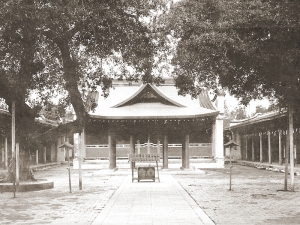
|
| figure 1. |
Shinto is the religion native to Japan and Shinto shrines are sacred places where deities in the religion are enshrined. Traditionally, Shinto shrines are located in or surrounded by tranquil and lush forests to create a solemn and sacred atmosphere for the worshippers.
The shrine culture was brought to Taiwan during the Japanese colonial period, and in 1897, the first shrine, Kaizan Shrine, was built in Tainan (figure1). Of all the Shinto shrines around the island, the most notable one is the Taiwan Shrine, where the Palace Hotel in Taipei now stands. It was built to commemorate Prince Kitashirakawa Yoshihisa, who lost his life during the takeover of Taiwan (figure 2, figure 3, figure 4).

|
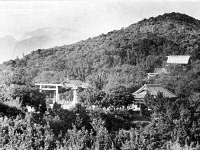
|

|
| figure 2. |
figure 3. |
figure 4. |
Shinto shrines fall under seven categories according to their ranks. In addition to kanpeisha (imperial shrines) and kokuheisha (national shrines), fusha, kensha, chōsha, sansha, gōsha and mukakusha refer respectively to shrines in municipal districts, prefectures, towns, villages and those that are not ranked. During rites, the imperial shrines receive offerings such as cloth, money, wine and food from the Imperial family while offerings for national shrines are drawn the Japanese government. Municipal and prefectural shrines, on the other hand, are funded by local authorities.
Shino shrines symbolized the unity of church and state and helped to propagate the so-called Japanese spirit. In pre-war Asia, Shino shrines were erected wherever the Japanese army occupied. By the end of the Second World War, there were already 204 shrines of various ranks in Taiwan. A rich documentation of these shrines could be found in the Taiwan Sotokufu (Taiwan Governor-General Office) archive both in text and in pictures (figure 5, figure 6, figure 7, figure 8, figure 9, figure 10).
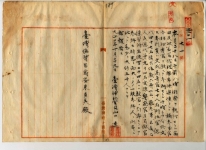
|

|
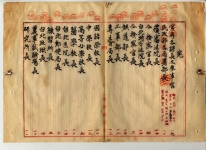
|
| figure 5. |
figure 6. |
figure 7. |
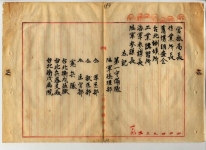
|
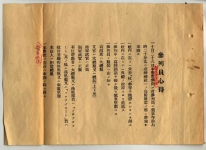
|

|
| figure 8. |
figure 9. |
figure 10. |
Original Chinese text and images are provied by Taiwan Historica and Institute of Taiwan History of Academia Sinica
Database of the Archives on the Taiwan Government-general(Database of Taiwan Sōtokufu Kōbun Ruisan)
|






















